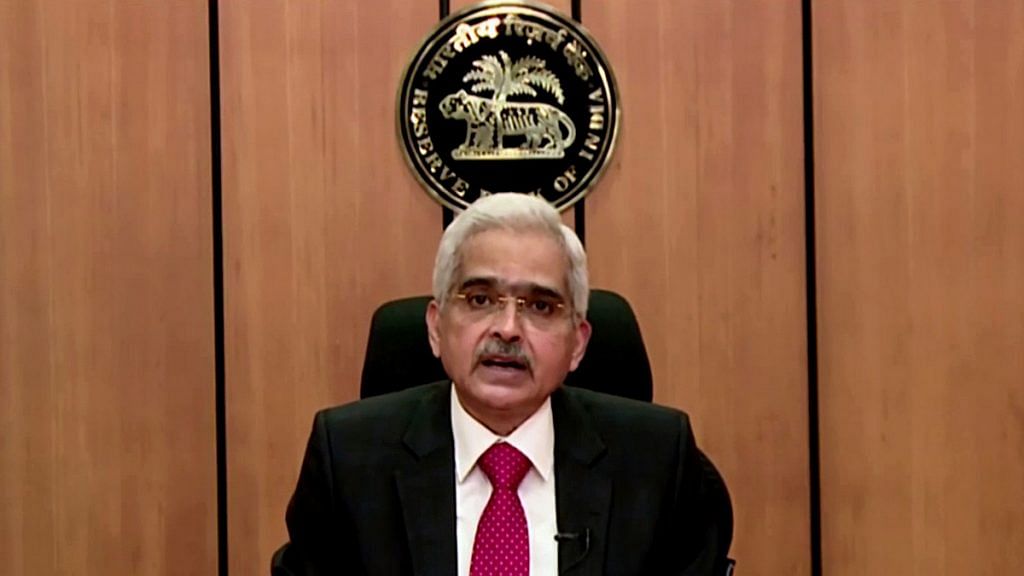The recent Banking Regulation Amendment Act 2020 has exponentially increased the Reserve Bank of India’s regulatory role. The Act mandates that the RBI regulate management, capital, audit, and winding up processes in cooperative banks. The government and the central bank hope that this will help avert bank failures in the future. This amendment comes on top of another amendment this year where Housing Finance Companies, or HFCs, were also brought under the RBI’s ambit. However, the RBI does not have enough supervisory capabilities to successfully implement the amendment involving the cooperative banks. With approximately 700 people to monitor the 1,485 cooperative banks, the RBI is understaffed. It is short of both personnel as well as technical capacity to effectively oversee the cooperative banks along with the 134 scheduled commercial banks, 9,642 Non-Banking Finance Companies, or NBFCs, Small Finance Banks, and Payment Banks, etc. already under its purview.
The current supervisory set up at the RBI is a combination of off-site monitoring and on-site inspections. The off-site supervision is based on periodic reports submitted by the regulated institutions. Currently, there are 240 returns to be submitted in varying data formats, which are then be collated by RBI’s internal IT systems, like the Off-Site Monitoring and Supervision System (OSMOS) for analytics. Due to the limitations of this system, this approach suffers from a time lag of a few months. The problem is further exacerbated by incomplete and incorrect data. The on-site inspection involves annual visits by the RBI inspection teams, the size of which varies from one to five officers. During these visits, which take between a few days to a few weeks (depending on the asset size of the regulated entity), the officers examine various aspects of both assets and liabilities, including liquidity ratios, KYC requirements, forex dealings, and Non-performing Assets (NPA) divergence to ensure they adhere to RBI guidelines. The teams then submit a report to the Board for Financial Supervision (BFS) after various steps of editing and compilation. For each bank, this supervisory process takes an average of about nine months from the closure of the bank’s annual accounts in March from the time of on-site inspection to submission of the report to the BFS.
Also read: Why RBI has restricted HDFC bank from launching new digital facilities, issuing credit cards
How to ease RBI’s burden
To expect the RBI to effectively monitor multiple aspects of the banks and other regulated entities is a tall order. The issues with Yes Bank and Punjab National Bank (PNB) in recent years are testament to this. To meet some of its challenges, the RBI could adopt a data-first approach to supervision. This approach would involve developing an integrated supervision platform (ISP) with automated near real-time reporting by the regulated entities. Most of the regulated entities, including urban cooperative banks, have already integrated core banking systems.
There are several advantages to using ISP — it can aid the RBI in proactively monitoring various microprudential and macroprudential indicators. The ISP could monitor parameters of financial health of the banks, including liquidity ratios, asset classification, and adherence to foreign exchange guidelines. This data could then be used to enable predefined triggers for the RBI to enable near real-time monitoring. The ISP would also allow the RBI’s supervisory departments to analyse inter-institution linkages. The RBI could stress test cross-institutional linkages with various scenarios to monitor systemic risks more effectively in case of failure or default by one large institution. High-quality, comparable, and timely data on the financial sector can help in monitoring early signs of distress in the regulated entities. Aided by the right data visualisation tools in the ISP approach, it would take only a few seconds for RBI’s supervisory departments to understand the underlying risks within the regulated entity as well as the inter-connectedness risks across the institutions.
Also read: Delhi HC pulls up RBI for letting PMC Bank decide on depositors’ emergency money requests
Deploying big data
Tools such as big data analytics, machine learning, and predictive modeling could also be used to monitor parameters such as NPAs, frauds, evergreen loans, incorrect data reporting, and priority sector advances. For instance, the RBI’s Central Repository of Information on Large Credits (CRILC registry) has helped detect distressed assets in a timely manner.
A more comprehensive platform approach will improve the RBI’s supervisory effectiveness and reduce the compliance burden for regulated entities. Most of the entities maintain personnel to extract data from their systems, collate the data as per RBI requirements, and then submit the periodic returns. An automated system like the ISP could reduce the costs by up to 80 per cent, as has been observed in a few jurisdictions. Numerous other supervisors such as the Comisión Nacional Bancaria y de Valores (CNBV) in Mexico, Monetary Authority of Singapore (MAS), Financial Conduct Authority (UK), and National Bank of Rwanda (BNR) are already using big data analytics, artificial intelligence, and machine learning as a part of its data analytics for better supervisory outcomes.
Fast access to accurate data is critical to ensuring efficient supervision by the RBI.
Rajesh Bansal is a senior adviser at Carnegie India. Bansal has vast experience working with the Reserve Bank of India in various capacities in the areas of financial inclusion and digital finance for enabling an efficient and accessible financial sector for the public. Views are personal.
This article is part of a series examining The Geopolitics of Technology in partnership with Carnegie India, leading up to its virtually held Global Technology Summit 2020 from 14-18 December 2020. More details about the summit are available here. ThePrint is a digital partner. Read all the articles in the series here.
